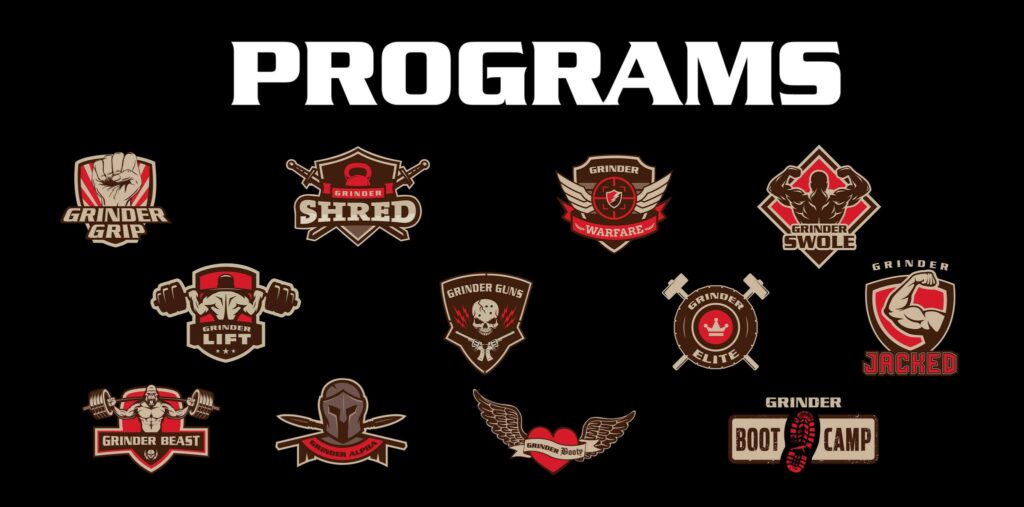When it comes to crafting an effective workout routine for muscle growth, understanding the different types of hypertrophy is crucial. Hypertrophy is the process of muscle tissue growth, and there are two primary types: myofibrillar hypertrophy and sarcoplasmic hypertrophy. To maximize your gains, it’s essential to incorporate both types of hypertrophy into your training regimen. In this article, we’ll delve into the intricacies of these hypertrophy types and shed light on the importance of rep ranges in achieving your muscle-building goals.
Myofibrillar Hypertrophy: Lifting Heavy for Strength and Density
Myofibrils are the contractile units within muscle fibers, responsible for generating force and movement. Myofibrillar hypertrophy involves the growth and adaptation of these myofibrils. This type of hypertrophy is characterized by an increase in muscle fiber density, which leads to enhanced strength and muscular tone or hardness.
To trigger myofibrillar hypertrophy, engaging in strength training with heavy weights is paramount. This typically involves using a weight equivalent to 80% or more of your one-rep max (1RM). The rep range for myofibrillar hypertrophy is generally lower, ranging from 3 to 8 reps per set. This allows you to exert maximal force during each repetition. To accommodate this intensity, longer rest periods of 2 to 4 minutes between sets are recommended, allowing for adequate recovery and muscle fiber recruitment.
By lifting heavy and performing fewer reps, you challenge your muscle fibers to adapt by increasing their contractile proteins, such as myosin and actin. This process results in more robust and denser muscle tissue, enhancing both strength and functional performance.
Sarcoplasmic Hypertrophy: Embracing Repetitions for Volume and Size
Sarcoplasmic hypertrophy, on the other hand, focuses on the growth of the sarcoplasm—the fluid and energy-rich gel-like substance that surrounds myofibrils within muscle fibers. This type of hypertrophy primarily contributes to muscle volume and size, resulting in a more “pumped” appearance.
Achieving sarcoplasmic hypertrophy involves targeting higher rep ranges, typically falling between 8 to 15 reps per set. The emphasis here is on continuous tension and metabolic stress, which stimulates the sarcoplasm to store more glycogen and other energy substrates. As a result, the muscle becomes fuller and larger.
When training for sarcoplasmic hypertrophy, rest periods can be shorter, usually around 30 seconds to 1 minute, to maintain an elevated metabolic state. This approach enhances the accumulation of metabolites, such as lactate and hydrogen ions, which contribute to muscle growth and fatigue.
Striking the Balance: Creating an Effective Workout Routine
Incorporating both myofibrillar and sarcoplasmic hypertrophy into your workout routine is essential for achieving well-rounded muscle growth. By varying your training intensity and rep ranges, you can optimize your gains and prevent plateaus in progress.
For the working sets of your exercises, it’s recommended to select a weight that challenges you within the prescribed rep range. Strive to complete the desired reps with proper technique, without sacrificing form or control. Avoid choosing a weight that allows you to complete significantly more reps, as this might favor sarcoplasmic hypertrophy over myofibrillar growth.
Conclusion
Understanding the nuances of myofibrillar and sarcoplasmic hypertrophy empowers you to tailor your workout routine to your muscle-building goals. Lifting heavy with lower rep ranges enhances strength and density through myofibrillar hypertrophy, while embracing higher rep ranges for volume and size focuses on sarcoplasmic hypertrophy. By finding the right balance and selecting appropriate weights, you can create a comprehensive training plan that supports both types of hypertrophy, leading to impressive and well-rounded muscle growth.
OUR PROGRAMS

